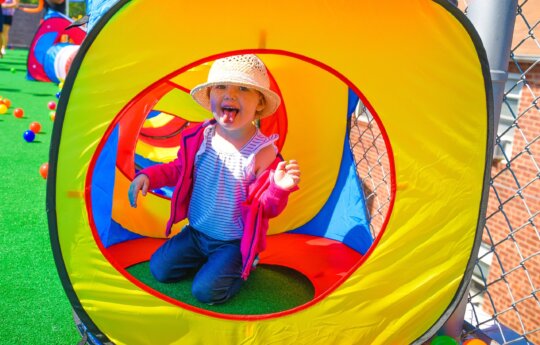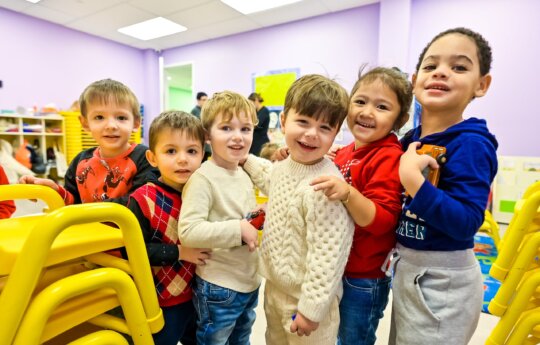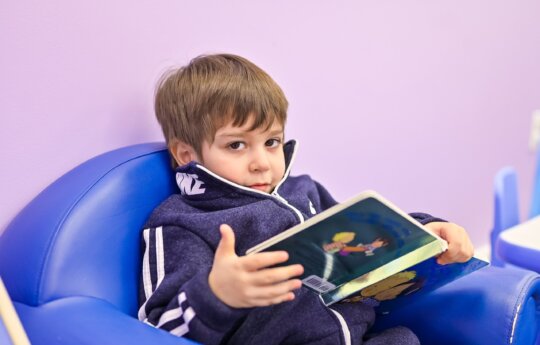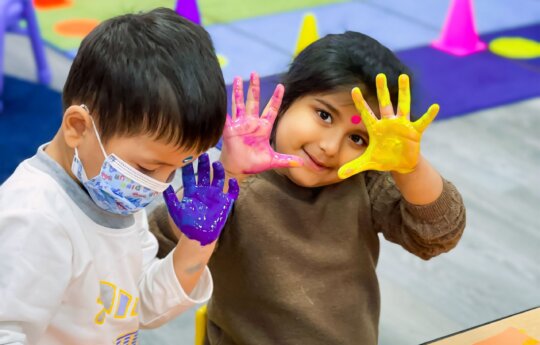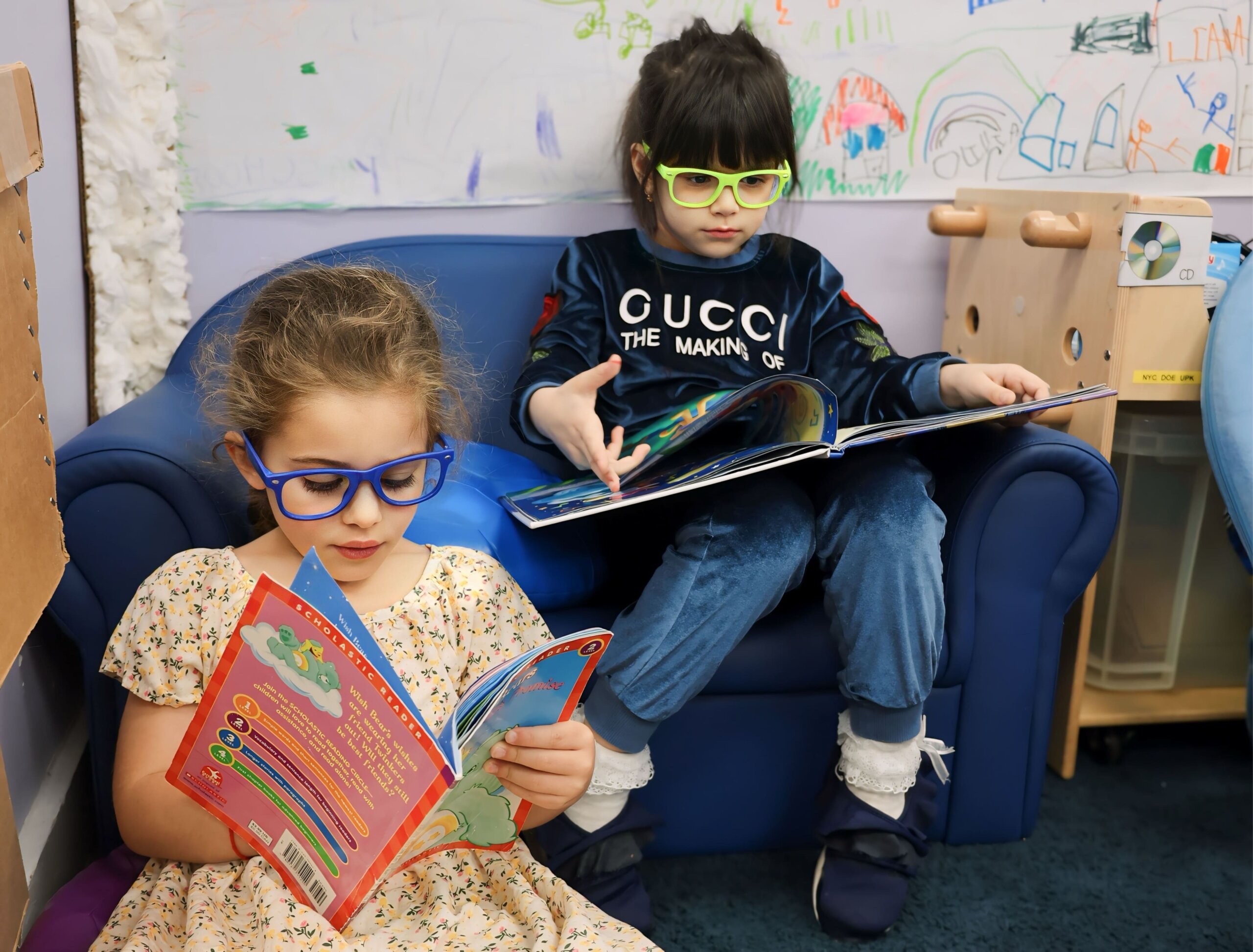
Storytime is one of the most beloved routines in daycare; however, it is not confined to being a quiet pastime during a trying day—it is one of the foundation blocks of early childhood education. Reading to the children is performed to enhance and prolong mnemonic and literacy abilities, such as a child’s understanding of words and their meanings.
It is possible to make the process even more effective by switching to interactive storytime—the method that emphasizes such tools as intonation, raucousness, and playing” characters” of the keys. This improves the children’s experience drastically, turning them from passive listeners of the story to active participants of the narrative delivery process, escalating the development of language skills, imagination lighting, and advancing their socializing abilities.
The Magic of Voice Modulation
Voice modulation is a powerful tool for children, converting a simple reading time into an engaging performance. When tone, pace, and volume of words are modulated in reading a storybook can enhance a child’s storytime experience. The young listeners are generally captivated and entertained by voice modulation.
Importance of tone of voice and pace
The way a story is told can greatly impact a toddler’s storytime experience. Using a tone for serious actions with the little ones can keep them interested and help them understand how the story is happening. And the speed of the tone can help convey the excitement of the situation. A slower speed of communicating the story can be used to build suspense, and faster pace can be used to convey excitement or alarm. Different tones can help convey mood or character personality. This can help differentiate the characters in the story and help the toddlers understand the story in a way that they can understand.
Practical tips
- Differentiate a character by voice, the infant being high and fast. One character with a lighter, higher, brighter voice and another in a slow, deep, serious tone, wise oldrice.
- Match your tone with the mood. Soft, smooth tone for gentle, stormy for a scene of fighting, or red horse: a sharp, brisk tone.
- Pace for effect slowing down when threat or action builds up or speeding on very happy moments to keep up the energy level.
- Pause for effect, such as letting an action sink in or letting toddlers ponder on the question or event.
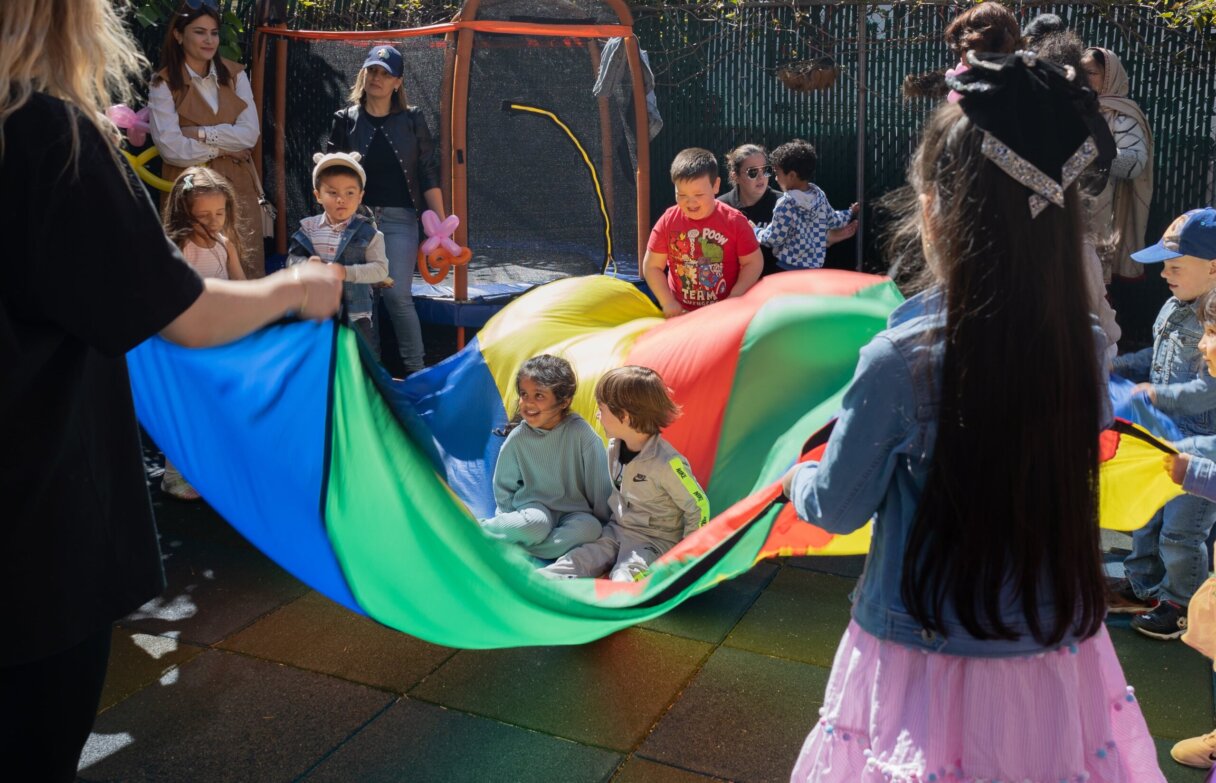
Incorporating Movement: Storytime Yoga
Yoga movement at a simple level can be included in storytime, promoting fun and physical health for toddlers. Storytime yoga is a novel opportunity for promoting toddlers’ cognitive responses and physical activity.
Benefits of Storytime Yoga
Incorporating simple yoga moves into the storytime module can help the learners to exercise their minds and bodies. The toddler reader learns to concentrate and focus on the tales told using words to comprehend it at the same time, the learner makes informed physical moves, which help in their attention, physique, and better memory of the stories. In the case of acting as a hen with chicks through the physical poses or rather moving like a locomotive in variant speeds through fluctuating salutations, the learner is better placed to understand the story from a personal and physical point of reference. The calming effects of yoga facilitate the management of energy and reduce the restlessness of learners.
Simple Poses for Popular Stories
The Tree Pose for Forest Adventures
When reading stories set in forests or involving trees, children can stand with one foot pressed against the opposite leg’s inner thigh, hands put together in front of their chest or stretched above their heads. This pose helps promote balance and stability, symbolizing a tree’s strength and greatness.
The Warrior Pose for Heroic Tales
The warrior pose can make children feel powerful and brave for stories related to heroes or adventurous journeys. They can stand with their legs wide apart, one of their legs bent at the knee, and arms stretched out wide, resembling a warrior getting ready for the battle.
The Butterfly Pose for Insects and Other Small Creatures
If a children’s story features insects or any other small creatures, such as fairies, kids can sit with the soles of their feet touching and fluttering their knees up and down. This way, they will be able to mimic a butterfly, a bee, or any other “tiny creature” and add some light-heartedness to the reading.
The Cat-Cow Stretch for Animal Stories
Children can do the cat-cow stretch in stories featuring animals to mimic animal moves. They can arch their backs upwards and then dip it down, which will help make the spine more flexible and reminds of the move a cat and a cow make.
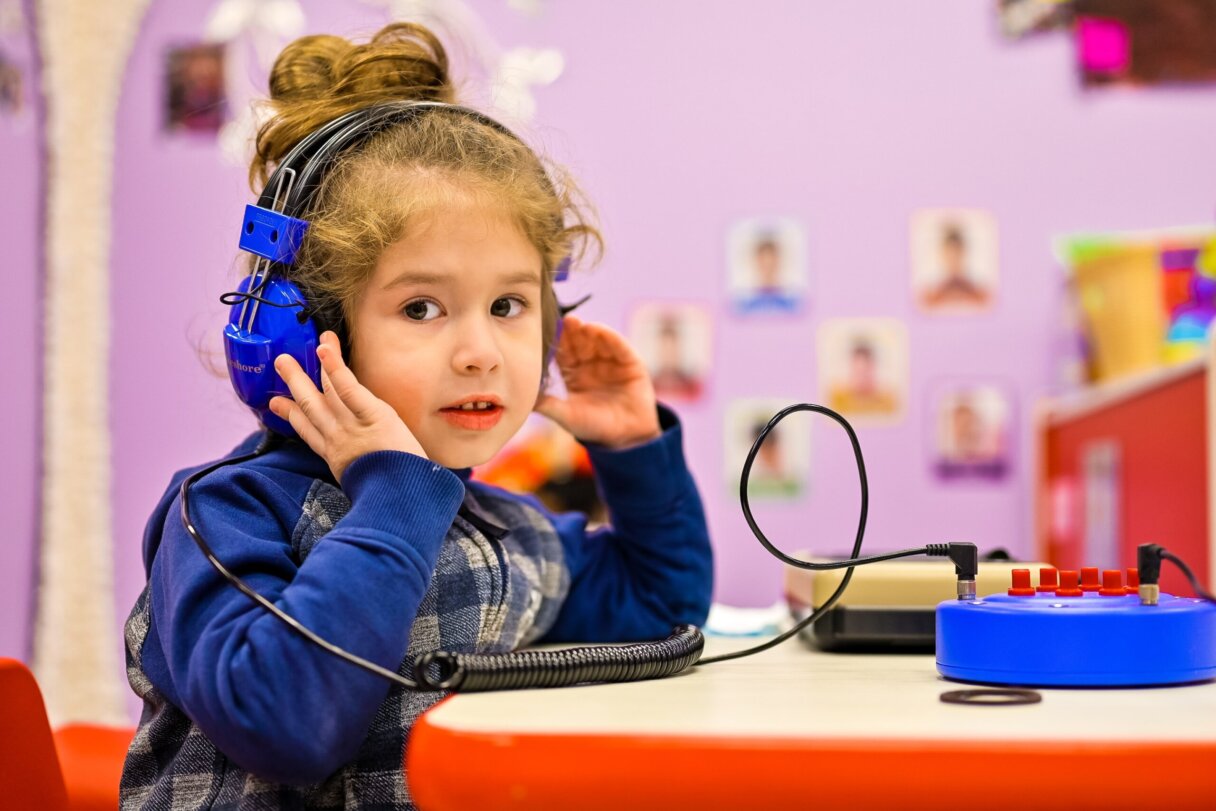
Musical Elements: Enhancing Stories with Songs
Music can make storytime an even more magical experience, separating it from the mundane activity of reading and grabbing the attention of young listeners. It creates rhythm and mood, making the story more engaging, and it also helps children remember and become emotionally involved with the story.
Examples and Ideas
- Adventure stories – one can use fast and bold tunes about exploring something or very simple basic tunes about the ups and downs of the journey. This music can make the story more dynamic and interesting; it will make children feel the atmosphere of the adventure.
- Calm, bedtime, or nighttime stories – some slower lullaby-like tunes can help to set a peaceful mood for the story. For example, “Twinkle, Twinkle, Little Star” or “Somewhere Over the Rainbow” will help children calm down from their day, relax, and focus on the story.
- Stories teaching the child something – if the story and the book are about learning the alphabet, counting or shapes, use the song that matches the theme of the topic. For example, “The Alphabet Song” or “Five Little Ducks” can help to master the alphabet and counting.
- Cultural stories – use the traditional song from the culture that is described in the story. This will help to get the children to know the music of different cultures and set the mood for the story. For example, a story about Mexico and a little rendition of “Cielito Lindo”.
How to Weave Songs into Storytime
Songs can be woven into the Storytime experience in various ways as follows:
- Introductory song – this will introduce the children to the theme or setting of the story. Doing so will then help them to understand the concepts of the song and anticipate the rest of the story.
- Transitional songs will be short musical complements that can be used between parts of the story or to signify a change of mood or setting. They will help to knit the story or parts of the processes together.
- Interactive songs – such songs will have action or clapping or repletion or movement.
- Movement adds vitality to the performance and the children would be eager to get involved. Therefore, they would be more likely to stay focused for longer periods. All of these can be learned by listening to some well-arranged CDs.
- Closing song – this will serve to end the story, thus providing a natural conclusion. It may also be a reflection on what the lesson derived from the story will be.

Interactive Storytelling with Props and Puppets
One of the best techniques used in storytime is using props and puppets. This idea not only enables the child to be more involved in the story but also adds interest and excitement to the story. Besides, stimulates the child’s imagination and contributes to his perception.
Puppets
- Advantages: The puppet serves perfectly as illustrative material since it helps the child to see the images and penetrate the story with much more interest and excitement. Puppets are a useful and effective tool for such programs as they may captivate the children’s attention and be a representation of the characters mentioned in the story.
- How to use: It is better to use or make a lovely set of animals or any other characters for children’s story time. Allow and encourage the children to ask some questions and even give some commands to the puppets. In this way, they can use their knowledge regarding children’s literature, let them mimic or play in the puppet, and tell the story.
- Using Puppets: to make a regular session unforgettable, from time to time, “spread” the tools over the children and let them be puppets. They will tell the story, experience the characters’ grief and joy, and learn how to express excitement and anxiety.
DIY props
DIY props are a good and affordable way to enrich storytelling. They can be anything from simple things like hats and scarves to handmade objects related to the story’s phenomena.
Ideas for props:
- Nature stories: use leaves, sticks, or flowers to set a ‘wood’ atmosphere, make a beautiful forest setting on a story mat, or have the children hold them while reading the tales about a woody adventure.
- Adventure stories: make a simple treasure map, pirate hat or a telescope from cardboard tubes. With the help of these props, children are more likely to feel themselves as part of the thrilling journey.
- Fairy tales: create a crown, a magic stick, or a cape for a favorite fairy tale character. Making a prop, such as a nice and colorful crown, is fun and cheap and for sure can be done by yourself.
Use only home or classroom material. Encourage children to make props themselves; they will be excited by making something funny before listening to their favorite tale.
Encouraging Participation: Role-Playing and Questions
It is suggested that active participation is the main opportunity for making storytime both immersive and educational. Thus, by unlocking role-playing activities and thought-providing questions, educators manage to stimulate children’s brains and guide them towards active participation in the process of storytelling.
Implementing Role-Playing
- Character assignments: besides the fact that it is assigned to a child that he/she will be such as character in the story, it is necessary to give him/her special clothes to keep him/her in the role.
- Interactive storytelling: the performer/narrator should have “slowing” points: there, where, according to the scenario, it was the character’s turn who was playing. At such points, the audience participants who played the characters could “stop” their comments with them, and the performer would ask them how this character should have reacted further. Thus, it would be possible for the children to have an idea that the story can be considerably changed and become alive/ interesting.
- Positive group involvement: if the characters were few in number, while some children played their roles, those who have not yet had the talent of an actor may illustrate what is happening from the side, using background sounds – rustling the wind or movements – walking animals.
Asking Questions
- Open-ended: not aimed at getting an affirmative or negative response; like, make you think or fantasize; what do you think will be further?… how would you feel in the place of the characters?
- Predictive: at the right moment, you seem to pause and ask the child what will happen next so it is interesting, and the child understands the principle of the development of the narrative — cause-effect; what do you think will happen next?
- Reflective: after the story, you ask a child question-answer questions primarily about the moral or the result of the action in history; what conclusions need to be drawn according to the example of a certain character?… what could the character have done in this situation instead?
Conclusion
Interactive storytime is not just about reading to children. It is about turning stories into something fascinating, informative, and memorable for young brains. With the help of voice modulation, musical accompaniments, props and puppets, as well as role-play and strategic questioning, caregivers can turn reading into an absorbing learning activity. Such techniques do not only improve kids’ linguistic and cognitive abilities but also enhance their interaction, emotional intelligence, or physical condition.
The Little Scholars Story
In Little Scholars Daycare, we adhere that every child has a favorite story that is yet to be discovered and loved. Our reading time may be the start of a child’s lifetime passion for stories and learning. Join us in this journey of creativity, and let’s make every story count!

